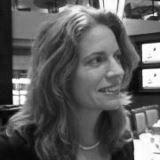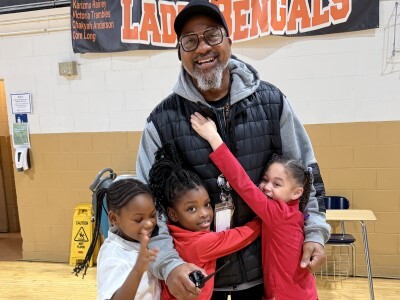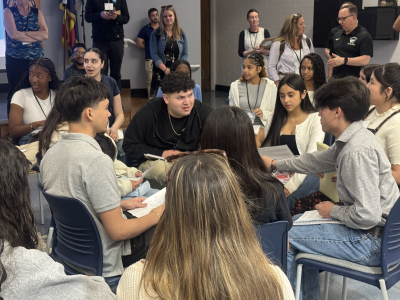Students Design, Tinker, Create and Discover through Maker-based Learning
Topics
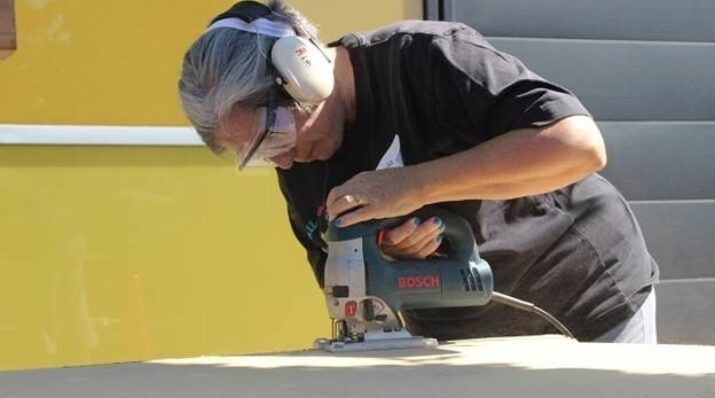
Educators are the lead learners in schools. If they are to enable powerful, authentic, deep learning among their students, they need to live that kind of learning and professional culture themselves. When everyone is part of that experiential through-line, that’s when next generation learning thrives.
Practitioner's Guide to Next Gen Learning
At the core of the maker movement and its signature festival events is a desire to design, tinker, create, and discover.
Yes, I made that! What are you making?
This little phrase is having a big impact on how students and teachers think about and engage in learning. At the core of the maker movement and its signature festival events is a desire to design, tinker, create, and discover. Maker Faires and creativity labs are directly connecting classrooms with their surrounding communities and engaging a new generation of students in a proactive, hands-on approach to learning. Sometimes the impetus for making is a practical problem. Other times, play, curiosity and imagination are the motivators. Regardless, researchers from Harvard’s Project Zero agree, “maker experiences help students learn to pursue their own passions and become self-directed learners, proactively seeking out knowledge and resources on their own” (Agency by Design, p. 3).
“This vibrant movement is just a validation of what we already know about how kids learn by doing. Studies have shown that hands-on projects that emphasize student autonomy and collaborative learning—as well as broaden the challenges, variety and choices of students’ educational experiences—promote students’ interest, learning and mastery.”
–Sylvia Martinez, author of Invent to Learn
The nature of maker-based learning actively engages students, nurtures their agency, improves efficacy, and develops a creator or producer identity instead of a (passive) consumer one. This is good news for all students who are expected to master 21st century skills such as creativity, problem solving, and collaboration. Maker-based learning may prove most valuable for traditionally underserved youth who otherwise may have limited access to applied learning that is engaging, contextually rich, and best of all...fun.
While there’s growing agreement about the value of maker festivals and learning experiences, it’s still unclear how and how many in-service teachers are prepared to model or facilitate maker-based learning. Where do interested teachers go to deepen their understanding and appreciation for developing a maker mindset?
It’s a question Digital Promise’s Karen Cator recently reflected on in her blog on Bright, “more practical, accessible maker resources need to be offered to educators around the country. School leaders should know what they can do, why they should do it, and how they can get started.” And, given the connections between student and teacher learning underpinning any professional learning experience, we know it’s important that teachers have an opportunity to discover the value of and choose these experiences for themselves.
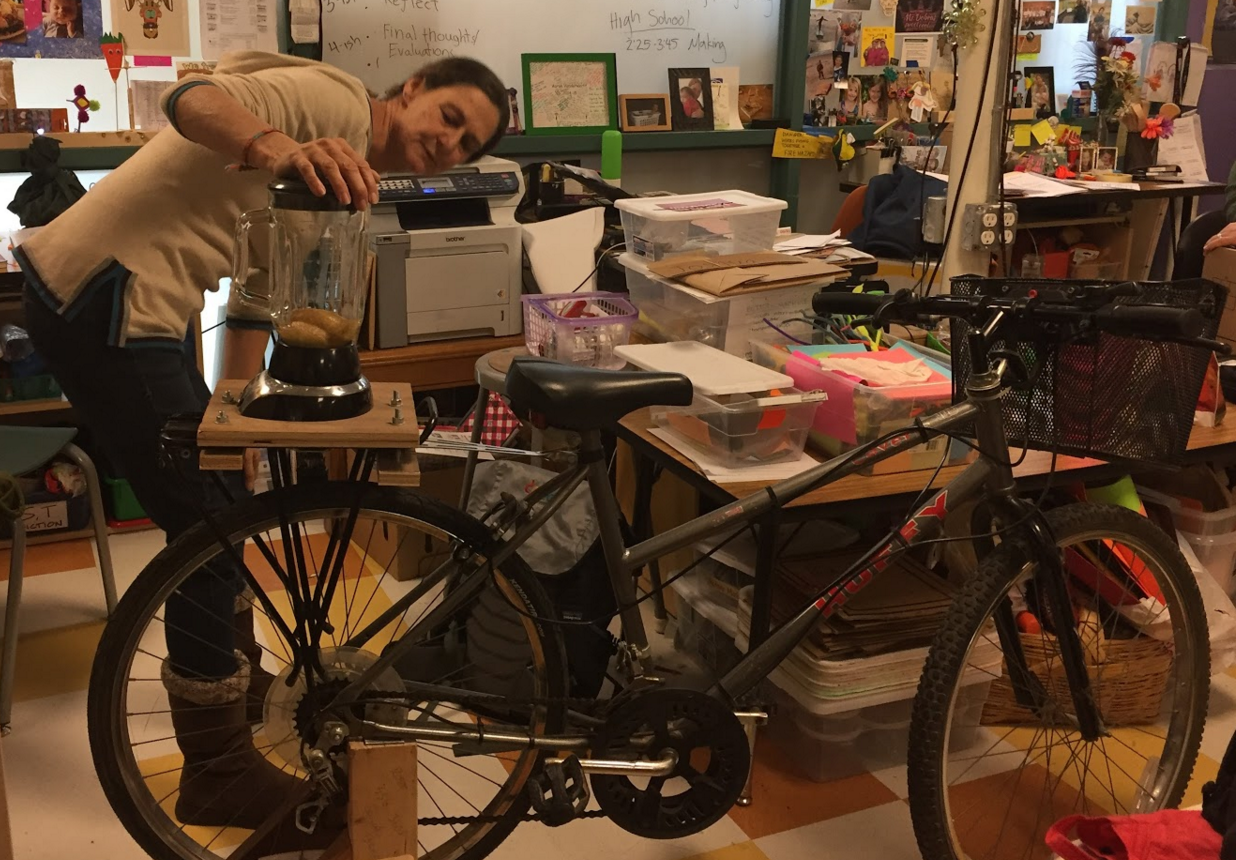
The maker mindset is almost magical.
Educators light up.
Through discovery and play their passions are reawakened.
–Greg Klein, Rogers Family Foundation
The Maker Fellow Program in Oakland
In Oakland, CA we find one solution to Cator’s call for more educator-driven support. Oakland and its surrounding areas boast one of the most vibrant community ecosystems for “all things maker.” Here, the Rogers Family Foundation and Oakland Unified School District (OUSD), which operate as NGLC Regional Funds partner NGLC in Oakland, have collaborated to incubate next gen school models and grow the reach of personalized learning. While working onsite at Lighthouse Community Charter School, visiting teachers got a sneak peek at the school’s Creativity Lab and instantly wanted to know more about how it worked and students’ responses to it. That’s when the regional team reached out to Parker Thomas of Mirus Labs and created the Maker Fellow Program, a maker-focused facilitated professional learning for interested teachers. This six-session series extending for as many weeks was optional and inclusive—teachers from OUSD intensive support schools were invited alongside teachers who were funded through NGLC in Oakland to plan new or redesigned next gen schools. The syllabus of their maker-focused learning experience is being generously shared. A brief set of slides document their learning journey through pictures and participant reflections.
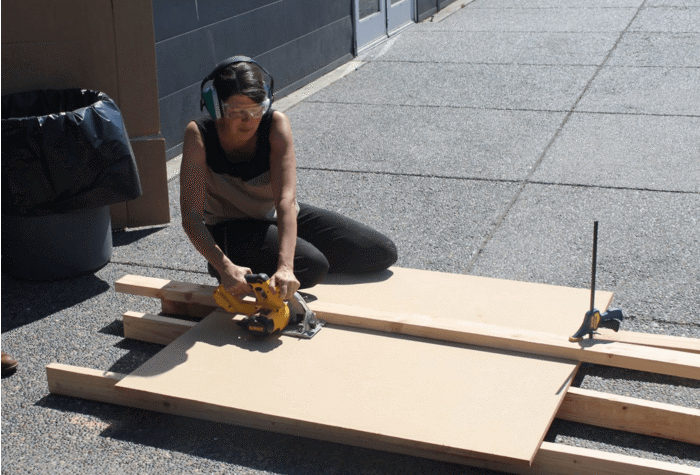
For added inspiration, these aspiring maker teachers engaged in field trips to local companies Autodesk, Clever, and Uber. The visits provided teachers with a chance to observe business culture and operations as they are today—fast-paced, self-directed, iterative and collaborative—and reflect upon the kinds of skills students need to seamlessly enter them. Teachers met with hiring managers at these companies to explicitly ask what assets they look for in new hires. Many of the identified qualities map directly to what students learn during making experiences, thus reinforcing for teachers their need and relevance.
Most traditional teacher preparation ignores the potential of this kind of real-world inspiration and connection to work, relegating it to an old lens of career and technical education not an academic orientation. With awareness that those distinctions are increasingly arbitrary and outdated, Oakland teachers got to consider the value and relevance of these applications for themselves, the implications for their own journey of learning, and the implications for their students over their working lifecycles.
Does maker-based learning require a creativity lab or 3-D printer?
Well-designed maker experiences utilize technology. A popular myth is that you need a 3-D printer or Fab Lab to get started. But according to Parker Thomas, “making experiences can be successful and very low tech (hammer and nails).” In Oakland, most of the projects were low- tech, simple, and designed for individual classrooms.
Thomas advises educators to read this 6 Things to Consider article before buying expensive tools like a 3-D printer or laser cutter and think through a planning process. In Thomas’ experience, too many people fail to reflect on WHY they’re choosing certain tools, and HOW those tools will be integrated into the curriculum and culture of school.
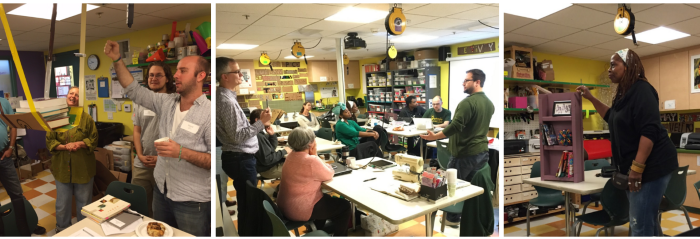
Coordinators in Oakland listened to educators and created a program to fulfill a particular need that supports and empowers them. Oakland Unified is paying attention and is open to the idea of supporting “dedicated makerspaces, integrating making into curriculum, and engaging the community to create vibrant maker ecosystems,” as Cator suggested.
Oakland has a uniquely dense and rich network for supporting maker-based learning, but they are not alone. Another pioneering leader and champion in this arena is Pittsburgh’s Remake Learning network which has been actively designing a set of competencies and badging systems.
How do teachers assess learning demonstrated through making?
These maker systems are powerfully transformative for both students and adults because of the asset base they offer around authentic assessment. New badging platforms are emerging to strengthen the certification of discrete skill acquisition and to empower students to master a part-to-whole AND whole-made-of-parts framework. These mini-qualifications and bundles of learning break down old notions or complex assumptions around age, grade, and course requirements. So for students, they provide a more tangible, immediate, and flexible kind of currency when it comes to evidence of learning.
These discrete packets of certified skills enable savvy teachers to redefine traditional course requirements into flexible, meaningful building blocks or pathways that better meet students’ needs, interests, passions, and aspirations. In turn, that fuels student engagement, agency, and efficacy because the feedback is relevant and usually accessible in real time.
Badging and competency systems help ensure maker-based learning can be easily introduced into and adapted for more traditional learning environments and helps students demonstrate and transfer their knowledge and skills.
A Word of Caution
The Oakland Maker Curriculum (available through a Creative Commons license) is built around a number of excellent resources. But speaking for the Oakland team, Greg Klein cautioned, “Parker is amazing and so is Aaron from the Creativity Lab; and I’m not sure you can simply copy/paste this curriculum and replicate our experience. Parker is expert on how all these pieces fit and he’s really good at helping teachers navigate this journey as adult learners. Particularly when starting out, I wouldn’t do this without MirusLabs or some other expert guide.”
Additional Resources:
- Maker Education Professional Development & Networks:
- K-12 FabLabs - Join this Google group
- Calendar of Making PD - through the K-12 FabLab Network
- Tinkering Studio - Coursera Course
- Sonoma State’s Maker Certificate Program - A unique professional development and mentorship opportunity for educators to introduce Making in Pre-K-16 learning environments
- Bay Area MEM - Create a Maker Educator Meetup, like this one, near you!
- Maker Ed’s Resource Library - Includes introductory resources as well as program management, projects, and spaces and places
- Tcher’s Voice Blogs about Making - from the Teaching Channel
- FInd a Maker Faire near you
- Makerspace Playbook, School Edition, 2013
- The Badge Alliance/Open Badges
- Want a low-commitment taste of this culture? Then explore Makey Makey and Make Magazine
Thank you to Greg Klein, Stacey Wang, Aaron Vanderwerff, and Parker Thomas for sharing all of these excellent resources!

